By Kristina Seleshanko
There are few things I enjoy more than snuggling up next to the woodstove with a cup of coffee and my garden planning notebook. Although winter might feel like a time to hibernate, it’s also an excellent time to plan next year’s vegetable garden. If you’re like me and struggle a bit when it comes to organizing, that’s okay. You can still plan a great garden; just follow these seven tactics. By the time the sun is shining and you’re itching to get into the garden, you’ll have a well thought out plan to ensure your next garden is the best you’ve had yet.
So grab a notebook and pencil, and let’s get started!
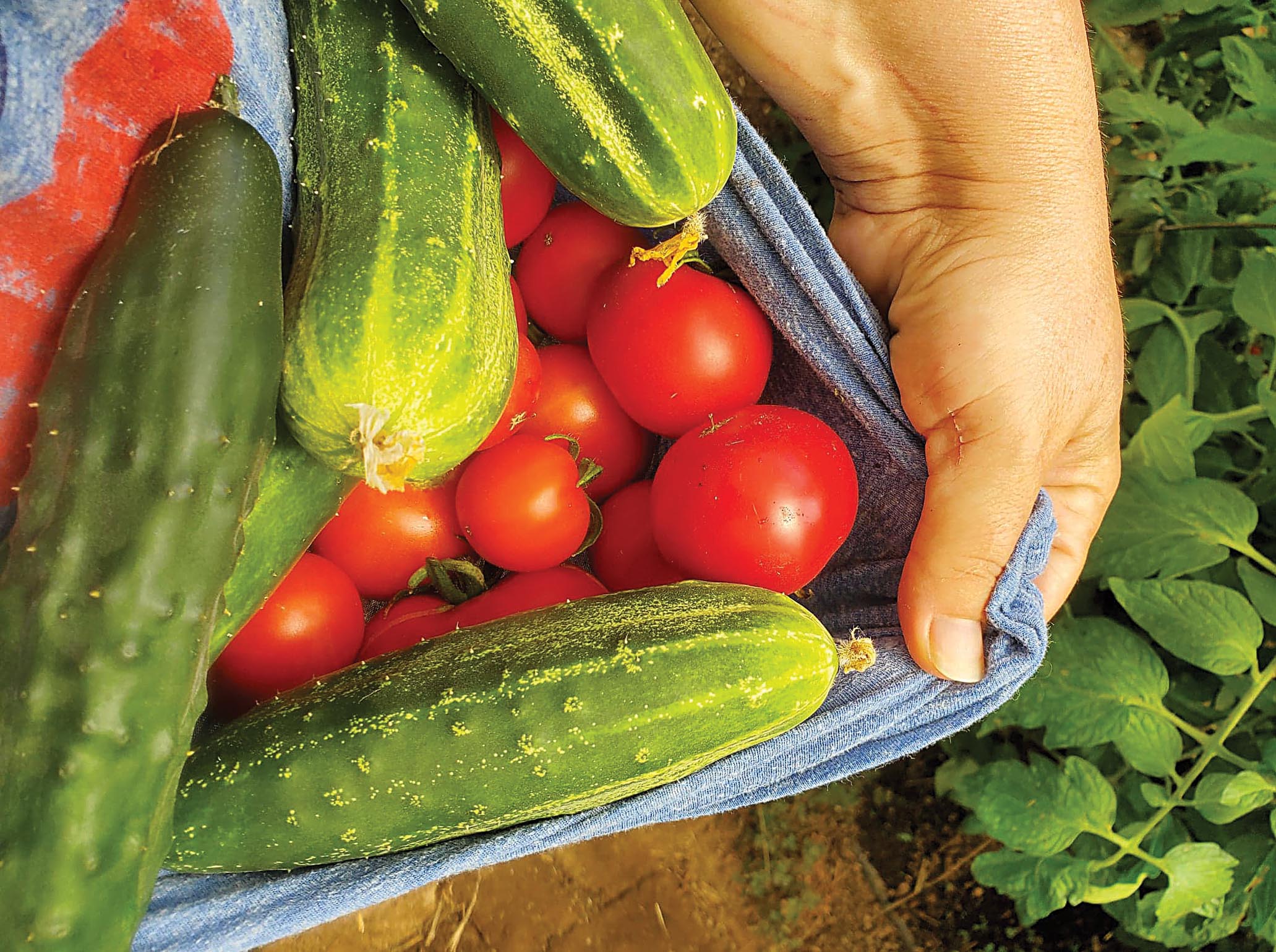
If you aren’t getting enough vegetables for preserving, a little planning can fix the problem.
Assess
Bill Gates once said, “It’s fine to celebrate success but it is more important to heed the lessons of failure.” In gardening, we must grab onto those glorious successes — like the cucumbers that produced like mad and the Brussels sprouts that were spared aphid infestation — but also carefully consider how we can learn from failures — like the cabbage heads that never grew bigger than a baseball. So begin the process of planning next year’s garden by asking yourself: What did well in the last growing season? And what did not?
Here are some examples of what I recommend pondering: Did you not grow enough tomatoes to stock up your pantry for the winter? Then now is the time to think about how many more tomato plants you’ll need next year. Did a certain variety of carrot not get very big? Next year, try a different variety that might grow better in your area or produce more desirable traits. Did the spinach bolt (go to seed) early in the season? Try it in a shadier spot next year and look for a variety known for being bolt-resistant. Did the vine borers get your squash? Perhaps you could try growing a variety that produces early, before the pests can destroy your plants.
Select seeds
This is the fun part, right? But if you just peruse seed catalogs and buy without a plan, you’re not setting yourself up for a great garden. Instead, consider:
What food do you regularly eat and want to grow? How many plants of each type do you want to have? Do you already have plenty of seeds for the things you want to grow? (Don’t rely on your memory; take a peek at your actual seed supply. Is it sufficient?)
If you decide you need to buy seeds, make a specific list of what you want … then hit the seed catalogs. These days, most seed supply companies have online catalogs, which is terrific if you’re in the midst of planning next year’s garden but the seed catalogs aren’t out yet. Read the seed descriptions carefully, looking for plants that will thrive in your location. For example, I live where it is temperate and generally not very hot. I grow a lot of things that do well in Alaska, Russia, and Great Britain. If I select seeds that are better suited to the hot, humid south, I won’t have a productive garden.
Also pay attention to how long it takes each variety to mature. I tend to choose seeds that have the shortest growing time I can find because they ensure I get the most from my garden. If I grow a lot of things that take months to mature, the harvest is naturally smaller.
Like many gardeners, I do like to try one or two new varieties each year, just in case I can find something better than my old standbys, but DANGER ALERT! Reign yourself in! You only have so much gardening space. Sure, some things are just plain fun to grow, but if being more self-sufficient is your aim, you’ll want to ensure most of your garden space, time, and money go into staples.
Another important consideration is whether or not the seeds are hybrid or heirloom. If seed saving is your aim, buy only (or mostly) heirlooms. (Also, don’t fall into the trap of thinking that hybrids and GMOs are the same thing. They are not. Thankfully, there are no GMO seeds available to consumers … although Baker Creek Seed claims that when testing corn seed, they have found seed contaminated (crossed with) GMO corn. If you’re concerned about this, I recommend buying your corn from them, since they are the only seed supplier I’m aware of that tests their seeds this way.)
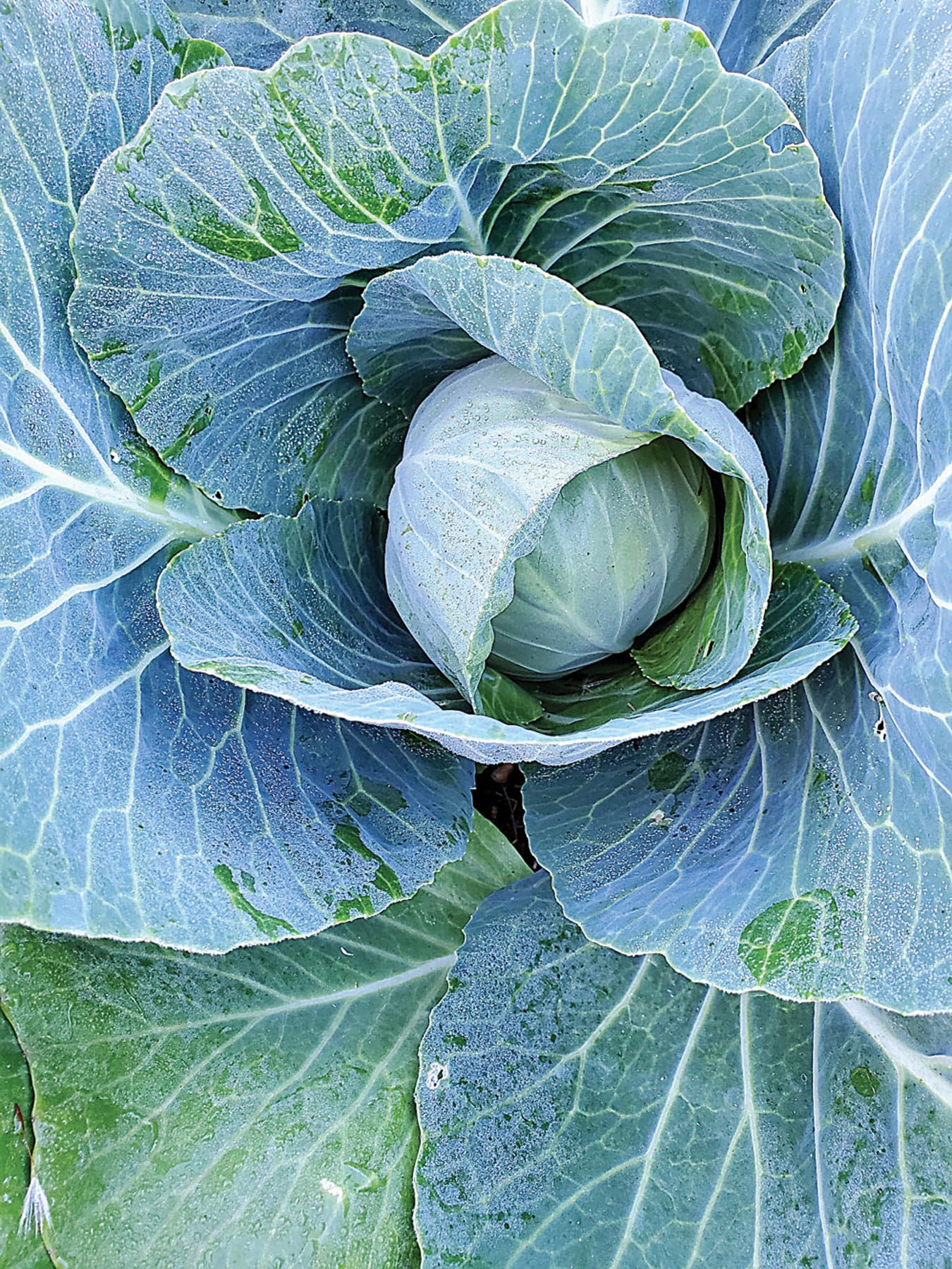
Cabbages lend themselves well to flower beds.
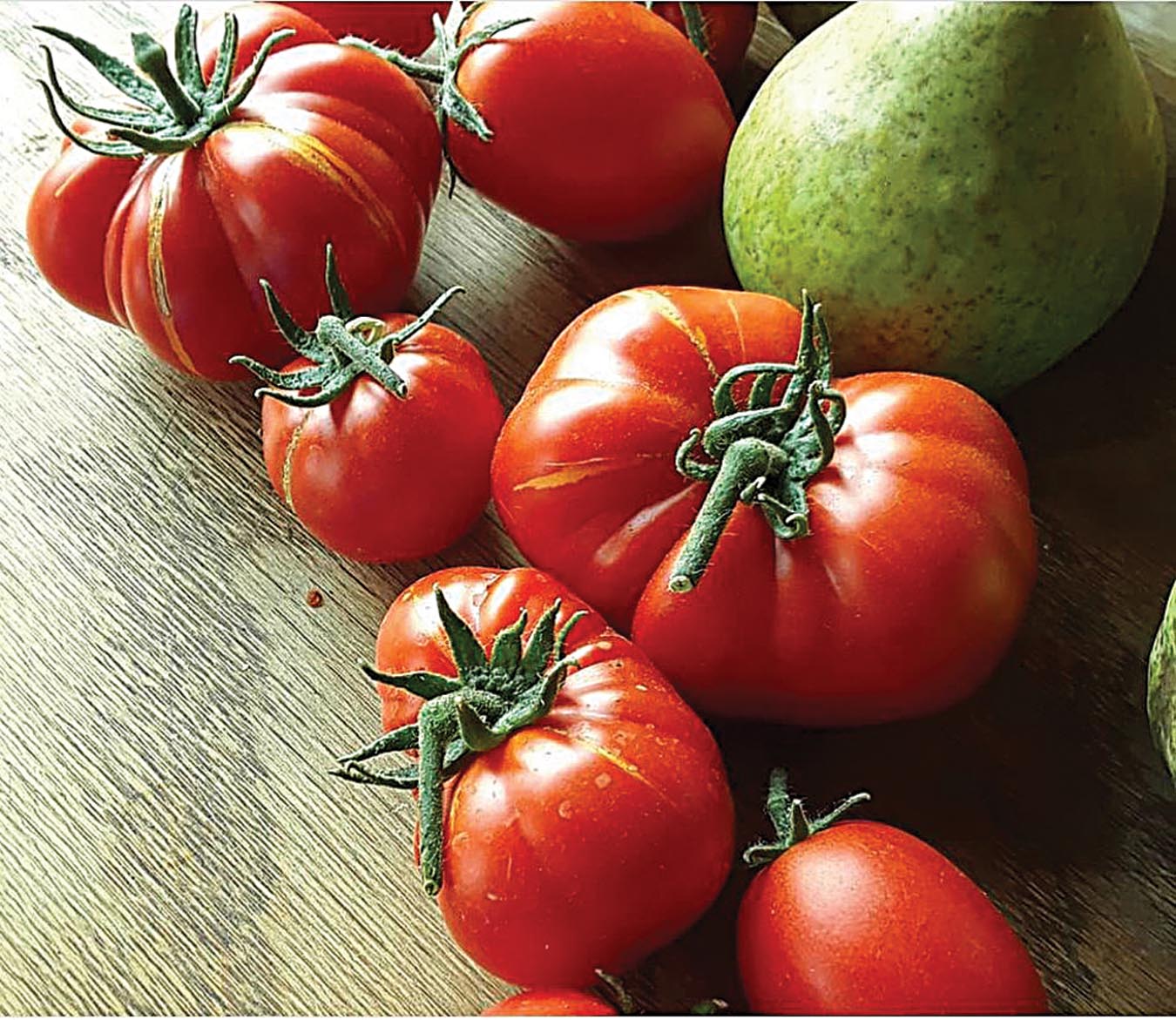
It isn’t always easy to figure out how many plants you need to grow to get the correct size harvest; each year, you may need to correct your plantings to make the harvest bigger or smaller.
Consider your garden spot
Now’s the time to get in touch with your inner critic and get really persnickety about your garden location. What specific problems did you encounter last growing season and how can you address them next year? If, for example, the soil didn’t drain well, perhaps you should put in raised beds this year. Or if the garden bed wasn’t sunny enough, now’s a good time to trim some trees or relocate the garden. If pests have been an issue, plan now for what you can do to deter them. Maybe this should be the year you put up deer fencing, for example.
If you were pleased with your garden location last growing season, consider whether or not you should expand in the coming year. By how much? And what will you put in the expanded area?
If you need a new garden location, watch potential spots carefully. Winter can be a good time to assess soil drainage and whether or not the garden spot is in a cold or warm micro-climate, but remember that the sun’s location will be higher in the sky during the growing season.
And while you’re thinking about your garden spot, don’t forget that a traditional garden bed isn’t required for growing food. I’ve grown food in window boxes, mow strips, old bathtubs, culvert pipes, flower beds, buckets, and of course, flower pots. Others have used old gutters, tires, potato sacks, and chests of drawers. Use your imagination!
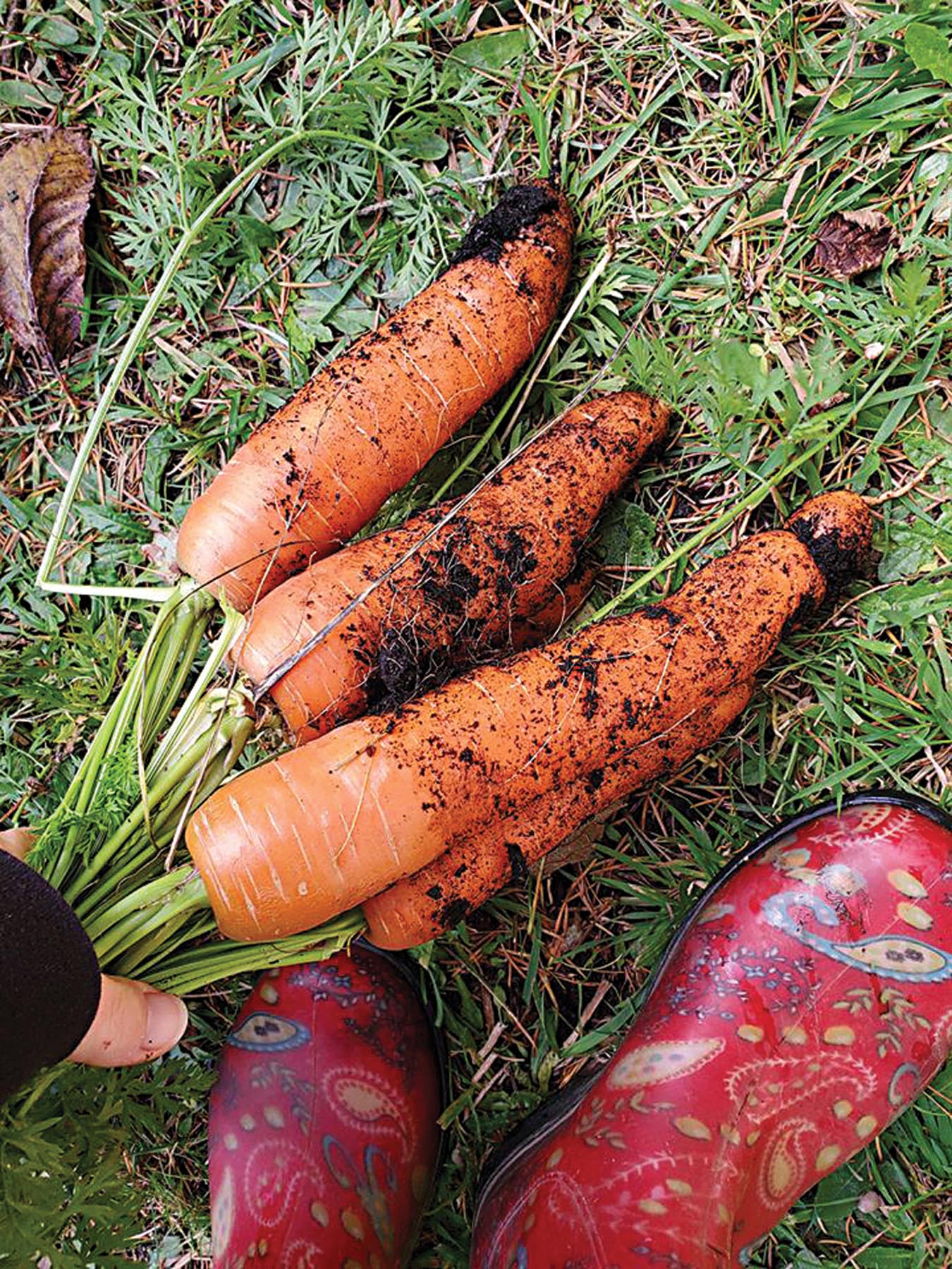
To get the biggest, best produce often requires experimentation.
Amend
The key to a prolific, healthy garden is organic matter … and lots of it. Winter can be a good time to add organic matter to the garden (as long as your area isn’t covered in a lot of snow and the ground isn’t frozen). Consider adding shredded leaves, straw, grass clippings, compost, manure … Just remember that unless it is rabbit droppings, manure should not be applied to the garden without composting it first — even if the garden is currently bare. “Hot” manures, such as poultry, horse, and cow droppings can kill plants if applied fresh. Because the composting process is slower during the cold months, it’s safer to apply the manure when it’s well composted, ensuring it will be plant-safe, come spring. An exception is sheep and goat manure in small quantities, which can be used where perennials grow, as long as it doesn’t touch the plants (including their roots).
Also, if you didn’t test your soil in the fall, definitely do that now, weather permitting. Certain soil amendments take months to really do their job, so applying them in winter is far superior to applying them in spring.
Map it out
Even if you aren’t artistic, it’s important to sketch out your proposed garden. (Or, if you prefer, use an electronic program to make a fancy garden map.) Consider: Are you going to have room to grow everything you have in mind? (Check seed packets or descriptions for how close together plants should be.) Will the corn and sunflowers block sun from the tomatoes? (If so, perhaps plant things like lettuce and spinach which don’t mind shade in that spot … or move the tall plants to a location where they won’t shade anything.)
While you’re doing this, bear in mind where you planted things last year. To reduce pests and disease, crop rotation should be a top priority. That means you don’t put plants from the same family in the same location as last year. (Ideally, your crop rotation cycle should last four years, since that’s how long it takes for most soil-borne diseases and pests to reduce to harmless levels.)
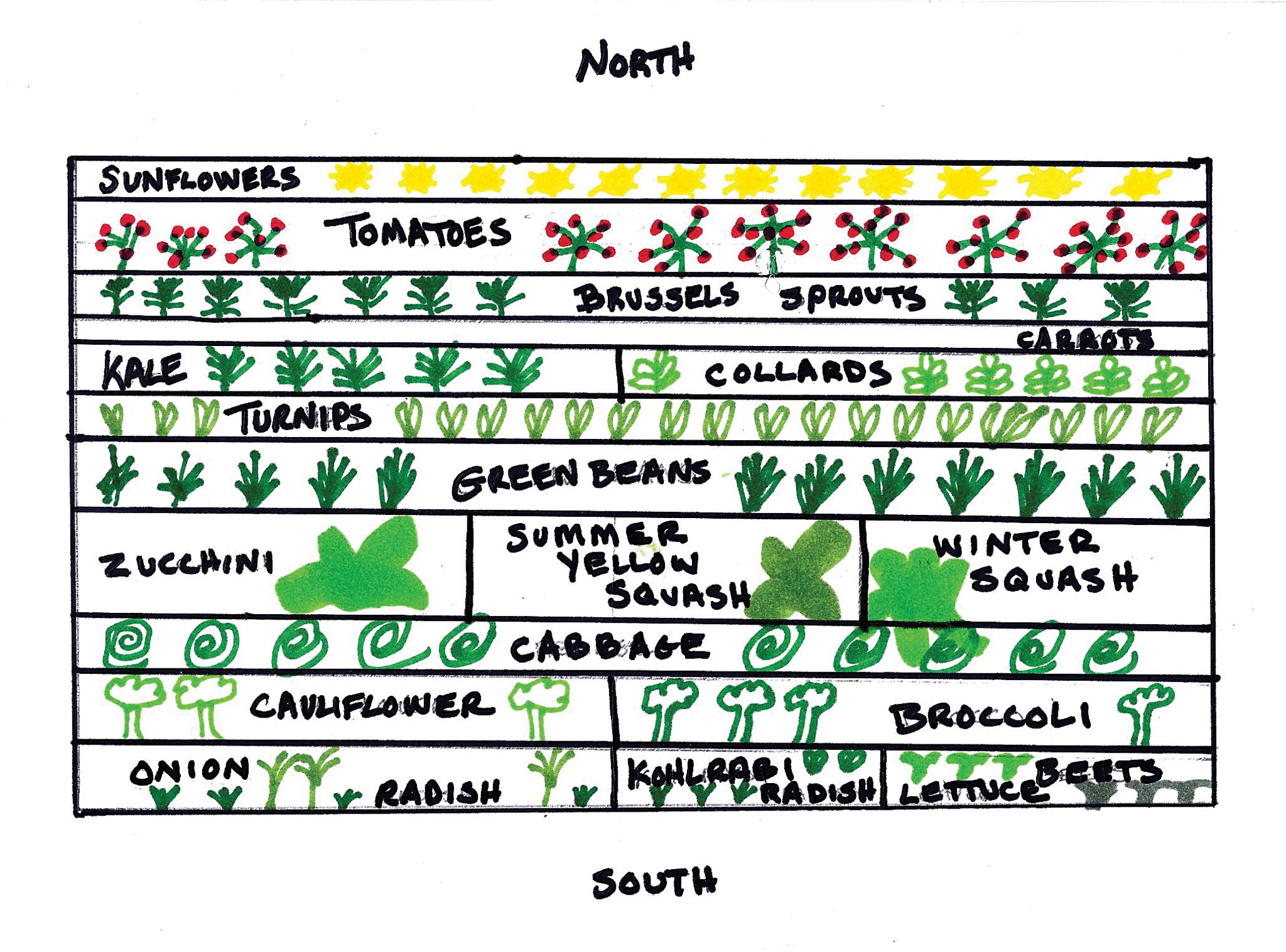
A garden map can be helpful when planning what to plant.
Prepping
As many of us learned when COVID-19 hit, gardening supplies can run out quickly. Even before a pandemic was declared, I sometimes had difficulties finding certain gardening supplies in stock at local stores once spring arrived. So I now try to plan ahead and buy certain items as soon as I can find them in stores, which is usually late winter or early spring.
Make a list now of the sort of things to keep your eye out for. For me, this includes snail bait, lime, acidic fertilizer, bone meal, and bird netting.
In addition, if you upcycle any items to use in your gardening pursuits, start gathering them now. For instance, gallon jugs or milk cartons for seed starting, newspaper and cardboard for mulching, and so on.
Make a list and check it twice
Have you ever had grand gardening plans only to suddenly realize spring has sprung and you haven’t planted anything? You can easily avoid this problem by making a list of everything you want to plant and noting by what date you must start the seeds and put the seedlings into the garden. If you prefer, use a calendar to note these important dates.
This is also a good time to consider whether you want to plant everything at once — ending up with large harvests all at one time — or use succession planting. With the latter, you plant a little bit of, say, green beans, then a week later, plant a few more, then a week later plant a few more. Succession planting is great if you want just enough food on hand to eat fresh, or if you want to preserve in small batches.
And that’s it! May your future gardens be bountiful!
Kristina Seleshanko has been growing food since she was a girl. She blogs about gardening and other homesteading topics at www.ProverbsThirtyOneWoman.blogspot.com.


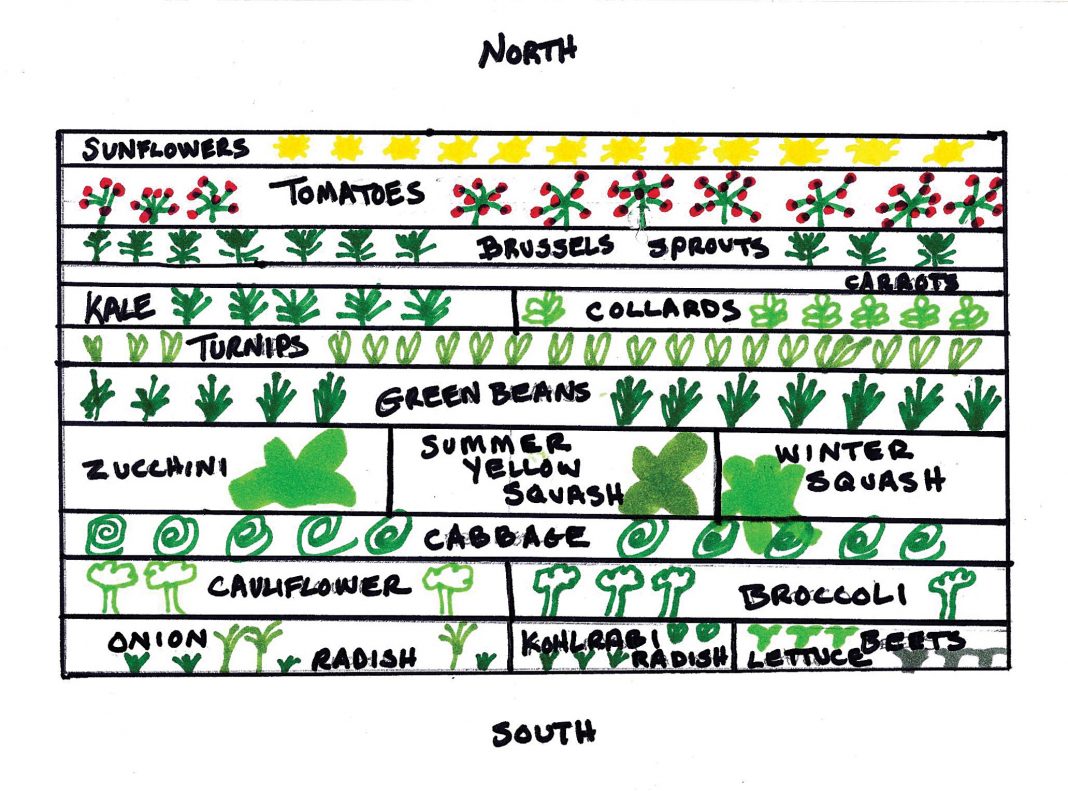

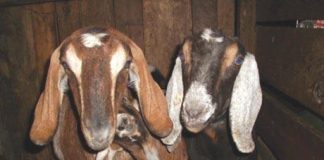




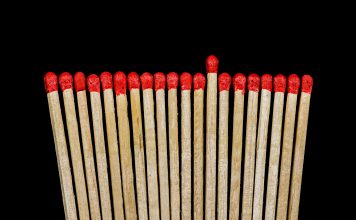
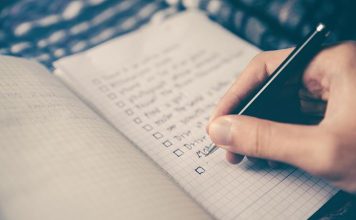
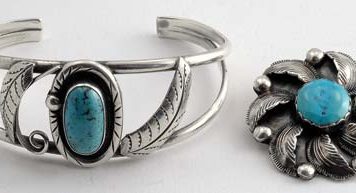
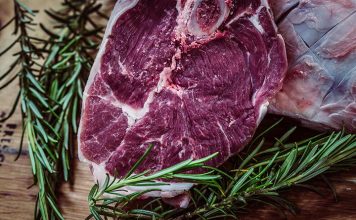
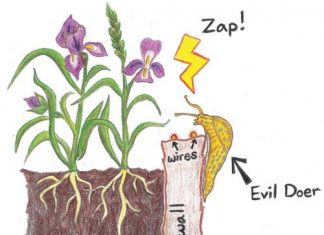
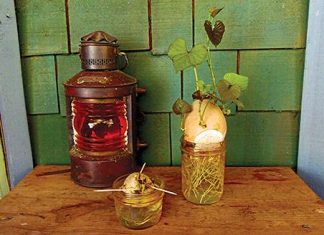
Kristina, you did mention seed-saving. However, aren’t you supposed to keep different seed members of the same family planted far apart to keep seed pure for seed-saving? I took a lot of notes from your article. Thanks so much, I learned a lot.